I have code below originally taken from the link here i have read all documentation in there but i feel im overlooking something, i have pages in separate modules as well as a separate module with a Add class for adding pages to the window.
The idea is to later be able to drop a module in a sub folder with a Pagexxx object within it and call the add page class to allow Tkinter to display it but i cannot seem to get the frames to stack.
Nav.py
import tkinter as tk
from Page import PageList
import Mypages
class Windowhandler(tk.Tk):
def __init__(self, *args, **kwargs):
tk.Tk.__init__(self, *args, **kwargs)
container = tk.Frame(self)
container.pack(side="top", fill="both", expand= True)
container.grid_rowconfigure(0, weight=1)
container.grid_columnconfigure(0, weight=1)
PageList("Page1", container, self, Mypages.PageOne)
PageList("Page2", container, self, Mypages.PageTwo)
self.show_frame("Page1")
def show_frame(self, cont):
frameref = PageList.frames[cont]
print(frameref)
frameref.tkraise()
app = Windowhandler()
app.mainloop()
Page.py
class PageList():
frames = {}
def __init__(self, name, parent, cont, ref):
self.frames[name] = ref(parent=parent, controller=cont)
Mypages.py
import tkinter as tk
class PageOne(tk.Frame):
def __init__(self, parent, controller):
this = tk.Frame.__init__(self, parent)
label = tk.Label(this, text="Welcome to Page 1")
label.pack(pady=10, padx=10)
button1 = tk.Button(this, text="Back to Home",
command=lambda: controller.show_frame("Page2"))
button1.pack()
class PageTwo(tk.Frame):
def __init__(self, parent, controller):
this = tk.Frame.__init__(self, parent)
label = tk.Label(this, text="Welcome to Page 2")
label.pack(pady=10, padx=10)
button1 = tk.Button(this, text="Back to Home",
command=lambda: controller.show_frame("Page1"))
button1.pack()
